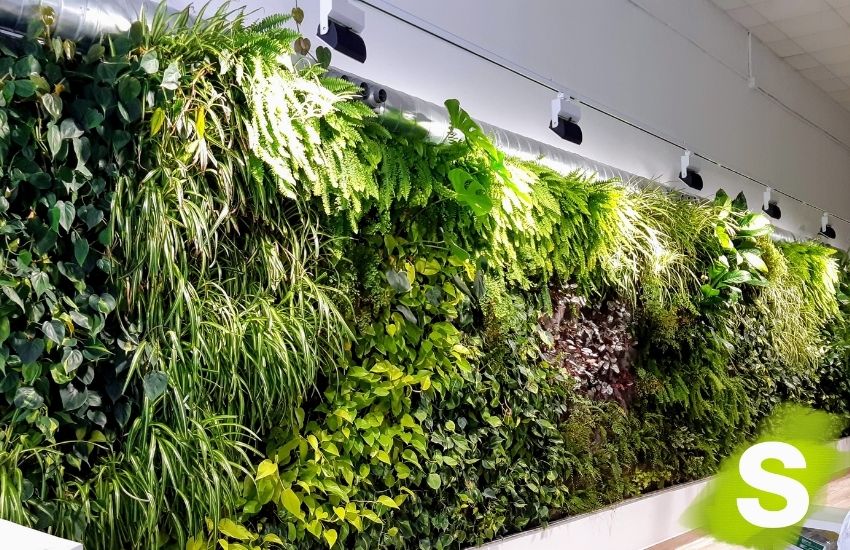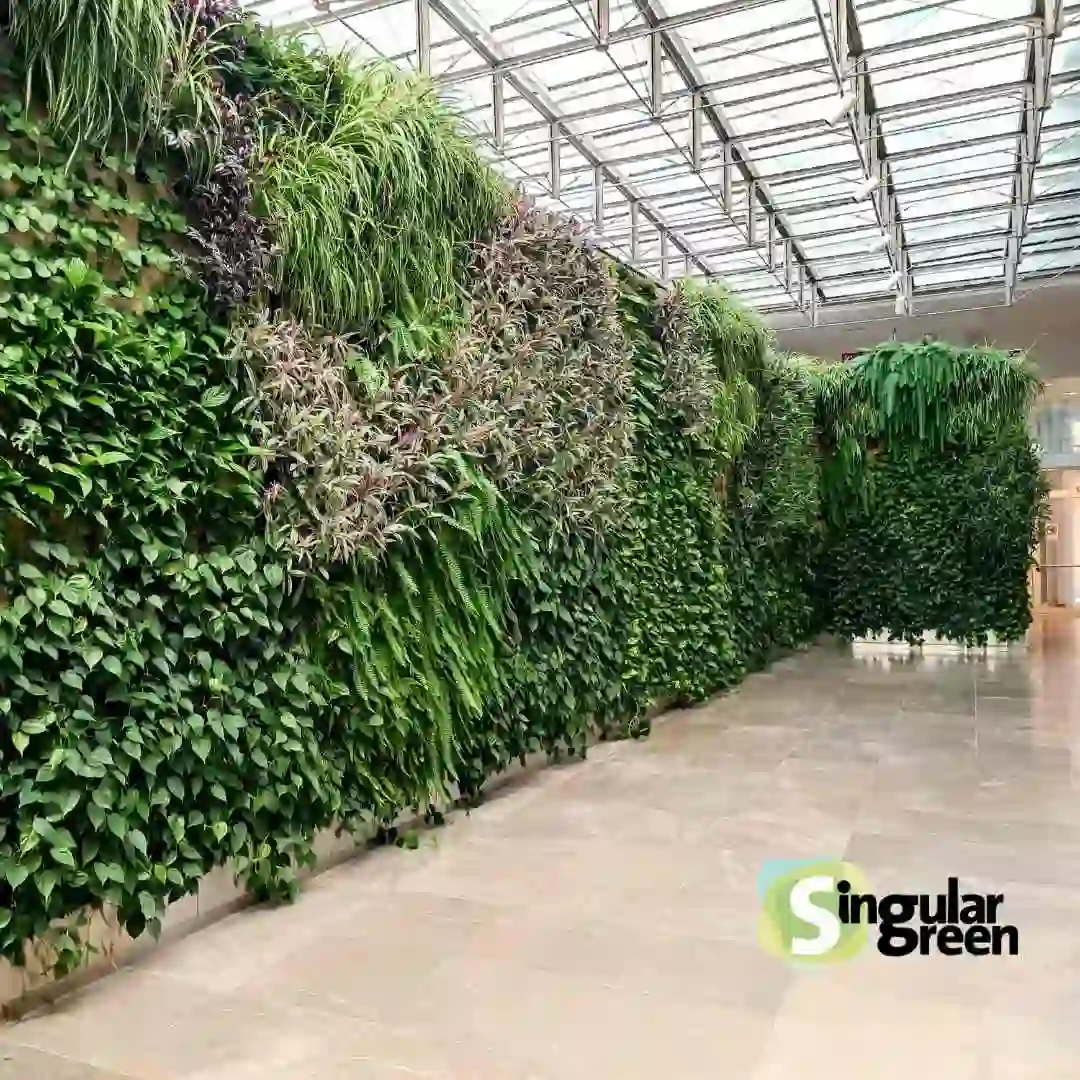Improving air quality is one of the main challenges facing large cities, since, according to the World Health Organisation WHO, air pollution represents a major environmental health risk. Air pollution contributes to the development of diseases and illnesses in humans and biodiversity, and other non-health related negative effects such as loss of visibility in areas of high concentrations or the development of unpleasant odours.
When we talk about air quality we tend to think of the outdoors, but this also affects indoor spaces, such as our homes and workplaces.
But are all pollutants the same?
At present, we can distinguish 4 main groups:
- Carbon dioxide (CO2): this is probably the most commonly heard term, but in reality,CO2 is not a pollutant as such, as it is not an element that negatively affects our health. The problem is that as a planet we are generating too muchCO2, which causes global warming.
- Chemical pollutants: NOx, C2HCI3, C6H6, CH20. These are pollutants emitted by products with which we interact in our daily lives: vehicles, building materials, furniture, etc. These products emit a series of volatile chemical compounds which, unlikeCO2, are harmful to health.
- Airborne dust particles that affect our lungs.
- Viruses: although we are now very aware of them, this type of pollutant was traditionally only taken into account in Hospitals or Health Centres.
What substances affect air quality?
Air pollution is produced by different substances emitted mainly by 5 groups of human activities: industry, agriculture, waste, households and transport.
Indoors, some of these pollutants come from ventilation systems or enter through windows, but most are generated by people and living things, as well as building materials, cleaning products or furniture itself. For example, carpets emit formaldehyde, which is a component used in construction and is a chemical pollutant.
Measures to improve air quality
Again, we must differentiate between open and closed spaces.
Outdoors, it will always be more efficient to absorb pollutants before they are released into the atmosphere. Trying to clean a polluted atmosphere is practically impossible. For this reason, SingularGreen has been working for months on a research project that consists of absorbing chemical pollutants at the outlet of heating boilers, thus preventing them from being expelled into the atmosphere. The project is still in the research phase, but we hope to be able to implement it as soon as possible.
Indoors, on the other hand, it is much simpler. In SingularGreen, in our eagerness to integrate Nature and Architecture, a few years ago we opted for a plant air filtering system, and the result was an air conditioner that, together with a vertical garden, filters polluting particles, giving us back clean air.

SingularAir plant air conditioning
The SingularAir plant air conditioner was born from the search to enhance the benefits of vertical gardens. After several months of research we came up with the idea of combining a vertical garden with an air flow, and after several tests we realised that the air flow enhances the benefits of the vertical garden, and in turn, the vertical garden improves the air flow conditions.
Among the many benefits of SingularAir, such as energy saving or temperature and humidity regulation, it is worth mentioning the filtering of pollutants.
How does it work?
The plant-based air conditioning system consists of a vertical garden with an air chamber inside, connected to an air conditioning unit. The air passes through the vertical garden, reaching the air chamber and from there it circulates to the air conditioner. This air filtering system reduces suspended dust particles by 20 to 30% and in approximately 8 to 10 hours it can eliminate almost 100% of these particles. In addition, it also absorbs different chemical pollutants, such as NOx, which is the main pollutant emitted by diesel vehicles into the atmosphere.
Here is a link with all the information about this system:







